Menu
Detecting signs of deterioration in your trees can be quite frustrating, especially if irreversible. Luckily, scheduling routine maintenance inspections with a professional tree care company helps detect trivial signs of infection or infestation before it takes a toll on the trees’ overall well-being. The benefits of pruning exceed esthetic appeal, as it promotes optimal health by getting rid of damaged limbs before the tree develops a disease. Do you suspect you have a damaged tree on your premises? Consult Driscoll Tree Service, the leading tree service that provides a comprehensive assessment.
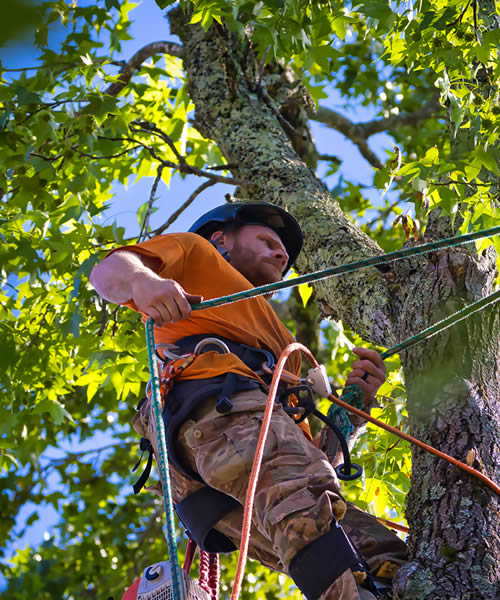

Like most living things, trees are constantly assaulted by viruses, bacteria, insects and fungi. Although trees are covered with bark that protects the living cells from intruders, wounds create a way for infection, which weakens or kills the living cells. To prevent diseases from gaining a foothold, you must prune them before the issue gets out of hand.
An experienced tree service provider targets and removes damaged limbs that act as disease access points. We believe that removing damaged, dead and diseased tissue helps maintain healthy and robust trees. As an experienced tree care company, we recommend minimal and basic cuts when pruning damaged limbs and crossed branches, which can become vectors of diseases.
Severely damaged tissue that can’t be salvaged is considered to be dead. However, it would help if you did not confuse dead for dormancy since all the wood may appear dead in winter. Most perennials turn brown and dry when they die, and detecting signs of deterioration early can help mitigate further damage. If you detect the absence of leaves, hollow wood, lack of buds and missing bark, you must get rid of the affected limbs before the entire tree is compromised.
The reality is that dead tissue is often associated with partial tree death. Although the limb may still function as a living unit and is still leafy, the damage sustained internally or externally cause the tree to decline. Failure to address the issue in its early stages can interrupt the architecture feeding and supporting the tree. The best solution is to hire a tree care company in Snellville to remove the damaged branches or limbs, allowing new and stronger growth.
Diseases attack trees in many forms, such as fungi, bacteria and viruses. If a disease reaches the point it is easily detected, it is less likely to recover, hence the need to schedule regular checks with a trusted tree service to detect signs of decline early. Unlike broken or dead wood, diseased trees have a living inoculant that can still cause reinfection even after it is pruned. These may be fungus spores, insect eggs or bacteria.
Diseased trees should be pruned and regularly checked to ensure there are no traces of the disease. Failing to take action in the early stages of infection diminishes the chances of treatment and may result in tree death. Contact us at Driscoll Tree Service and schedule a consultation with our tree care experts to enjoy quality services at competitive market rates.

How to Spot Diseased or Dangerous Trees Before They Become a Problem Let’s face it: not every homeowner is an arborist. Most people don’t spend their weekends studying leaf structure or bark fungus, and that’s perfectly fine. But while you…
Read More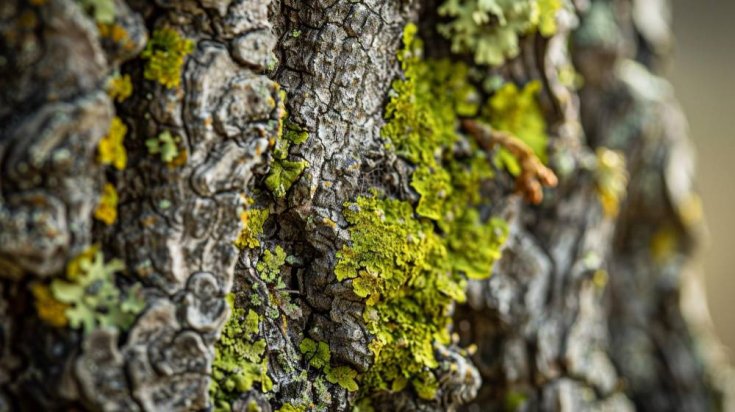
Should You Worry About Lichen on Trees? Lichens are fascinating and often misunderstood. When homeowners notice these growths on the bark of trees, it raises concerns about the health of their yard. If you notice lichens on your trees, consult…
Read More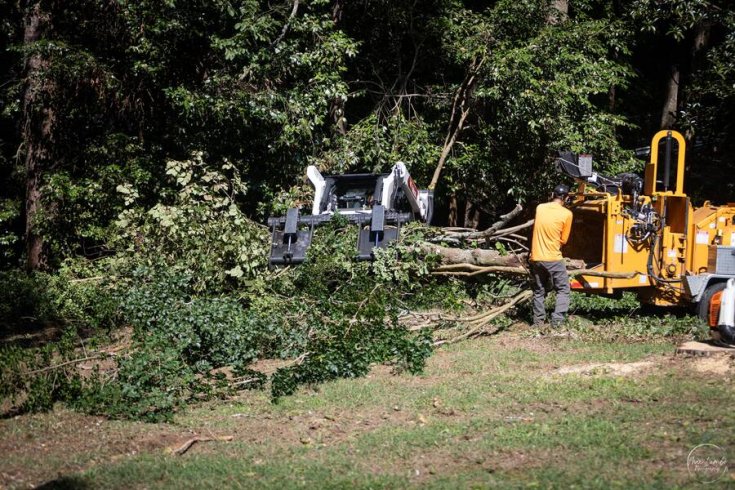
How to Know When It’s Time to Remove a Tree from Your Yard We love trees as much as the next person, but we'll be the first to say that some trees are better off gone. Suddenly-leaning trees, overgrown branches,…
Read More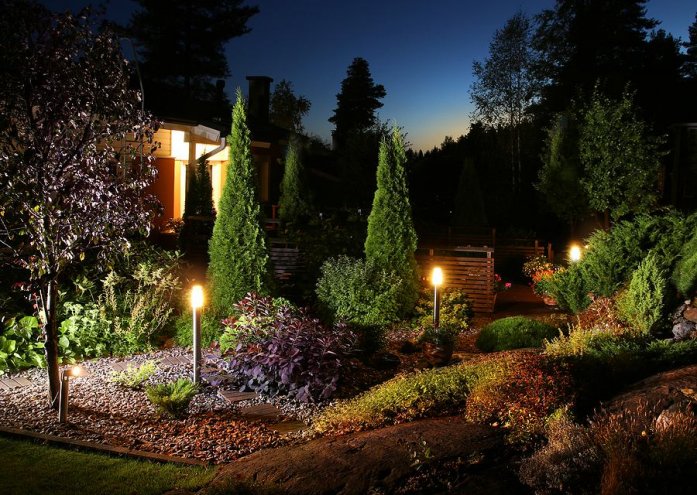
How to Keep Your Trees Healthy Keeping trees healthy is not just essential for the aesthetics and safety of your landscape but also improves the quality of the environment. However, like other living things, trees need routine care and maintenance…
Read More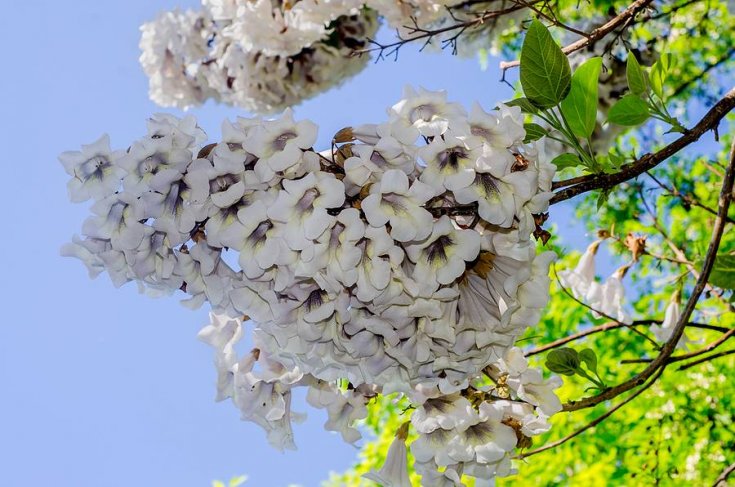
Georgia Guide to Growing Trees If you are a resident of Georgia, there’s no better time to grow trees than now. With over 100 tree species, it is one of the most diverse ecosystems in the United States. Before planting…
Read More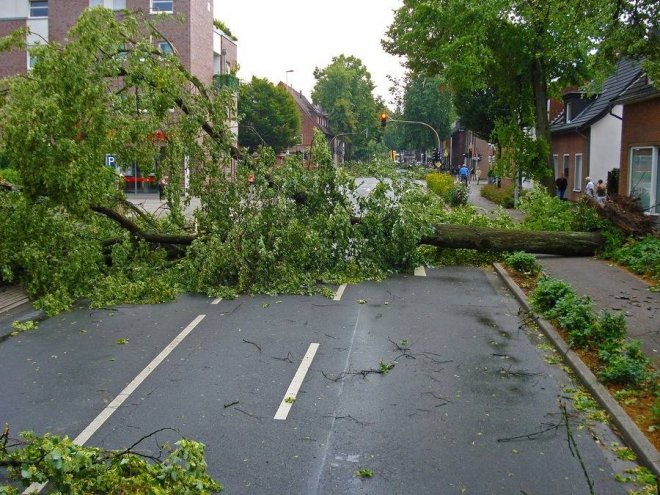
How Storms Impact Your Trees Trees are a valuable addition to any landscape. From enhancing curb appeal to improving the overall quality of life, trees are no denying essential to the ecosystem. However, like most living things, trees are susceptible…
Read More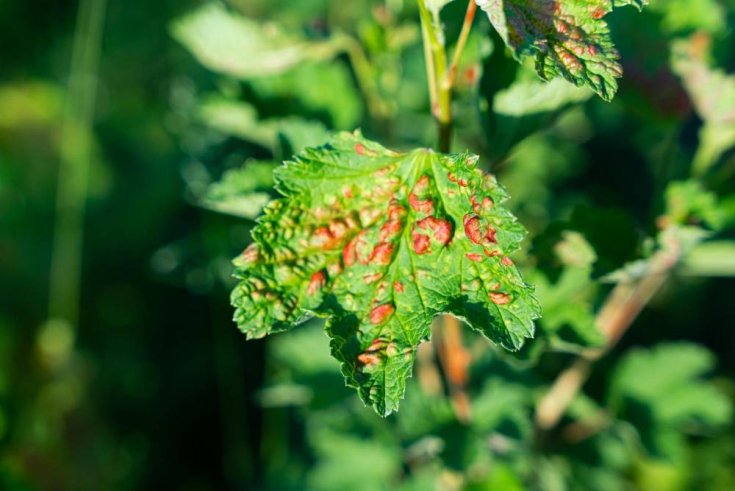
What is Anthracnose? Trees enhance the quality of our environment, offering many benefits that improve the quality of life. However, they are susceptible to diseases, prompting the expertise of certified arborists. A common threat to these magnificent entities is anthracnose,…
Read More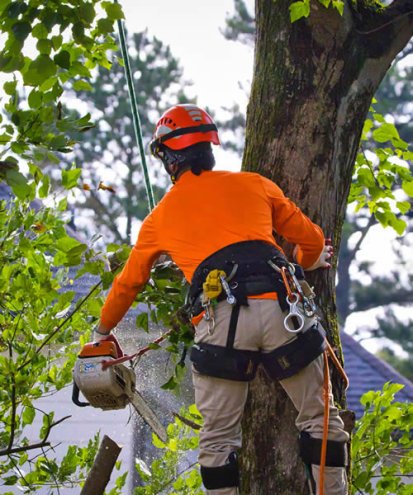
Tree Trimming Safety Tips Tree trimming is a vital aspect of landscaping and garden maintenance that helps keep trees healthy and aesthetically pleasing. However, it can also be hazardous if not done correctly, causing severe damage and premature tree removal.…
Read More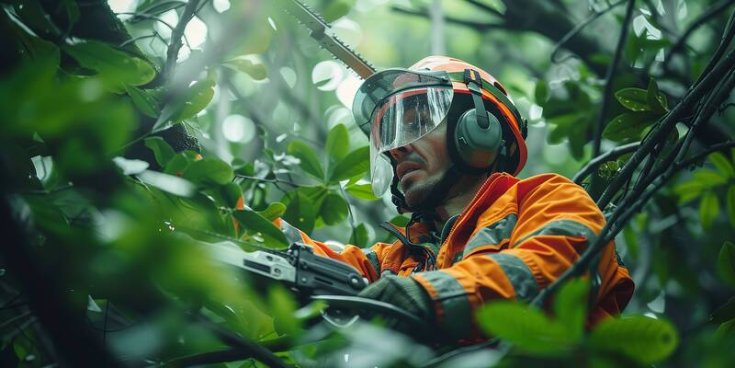
Different Types of Trees Should Be Trimmed at Different Times Towering, intricate, and surprisingly sensitive, trees are among the most impressive living things on Earth. For Metro Atlanta property owners, trees are a central part of the landscape. These functional,…
Read More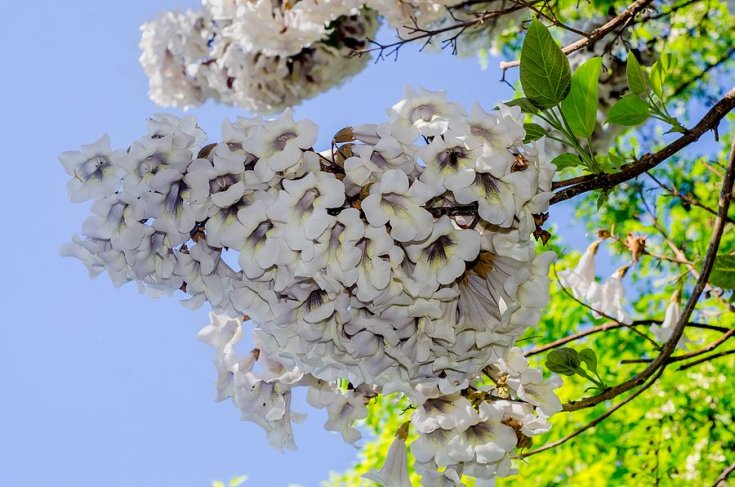
3 Types of Tree Flowers There’s nothing more spectacular than the fantastic spectrum of colors as different trees bloom. Whether you appreciate the distinct scent of blooming pine cones or despise the memory of stepping on mushy fruits, trees don’t…
Read More